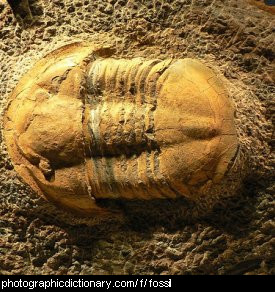Scientific name: sulfur (sulphur)
Carnelian, also called sard, is a deep red stone often used in jewelry. It is a silicate with large amounts of iron impurities.
Chalk is a soft, white rock that can be used to draw with on rough surfaces. Chalk is usually sold in small coloured sticks, for drawing on blackboards and sidewalks.
Dis forDiamond (stone)
Diamonds are made from carbon arranged in a very rigid crystalline pattern. This makes diamond the hardest substance in the world. It is also very good at dispersing light, which gives diamonds their sparkle. Diamonds are very popular in jewellery like rings and necklaces.
When an animal or plant dies and is buried under the ground with the right conditions for thousands or even millions of years, it turns to stone. Later when we dig them back up, we call them a fossil. When something has been turned into a fossil it is fossilised.
People have found fossils of all sized creatures, from tiny sea snails, to frogs, right up to enormous dinosaurs. Most of the creatures that people find as fossils are extinct - you can no longer see a living animal of that kind.
The fossil in the picture is a trilobite.
Garnet is a group of related stones, the most popular of which is a deep red. Until the chemical composition was known, red semiprecious gemstones were called carbuncles.
Garnets have a particular chemical formula of two metals, usually calcium, magnesium or iron and aluminium, iron or chromium bound to silicon oxide - the general forumula is X3Y2(SiO4)3.












